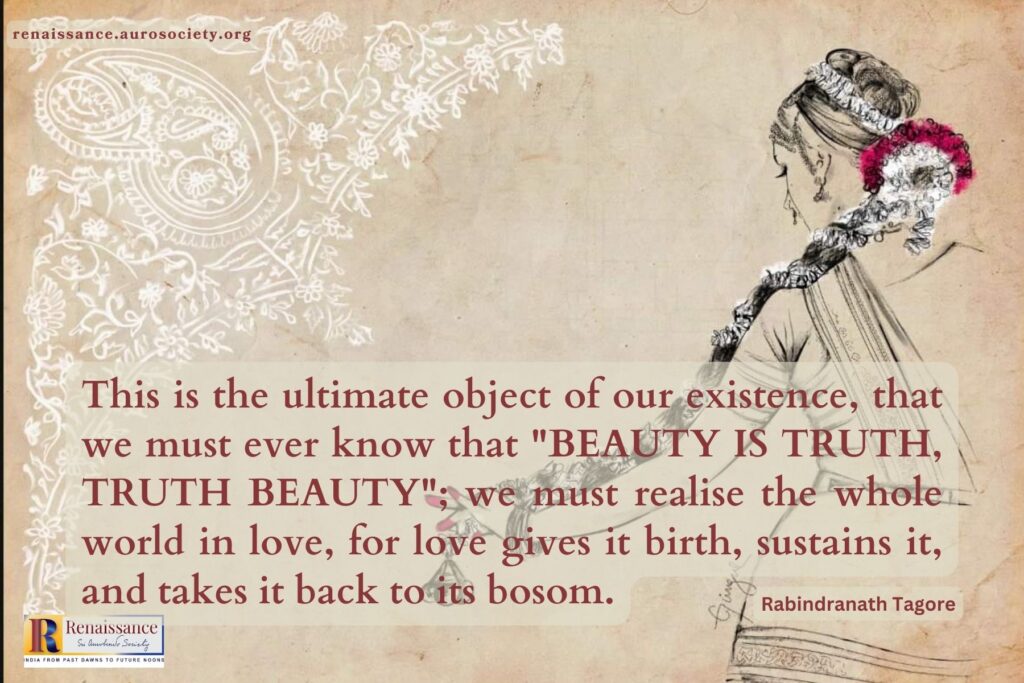“Beauty is his footprint…” (with video)
How is Beauty connected with delight, harmony and life? How does one experience the delight of beauty? Read and reflect. Also, watch a video featuring an insight from the Mother on how “the anguish of desire” distorts the experience of beauty.
“Beauty is his footprint…” (with video) Read More »









